A double bottom is a chart pattern that looks like the letter W. It forms when the price of a stock, currency, or asset falls, bounces up, falls again to nearly the same level, and then rises strongly.
This pattern is often called a bullish reversal because it can mark the end of a downtrend and the beginning of a new uptrend. The key signal is when the price closes above the middle peak of the W, also known as the neckline.
Think of it like this: sellers push the price down twice, but both times buyers step in at the same area and hold the line. After the second attempt, buyers take control, and the market starts moving upward.
To spot a true W pattern in stocks, you need to look for four specific parts. Think of them as the four legs of the "W" and the line in the middle.
The pattern begins with a stock price that has been falling for a while. It hits a low point, which is the first leg of the "W." This is the first "bottom" where the price pauses and then starts to rise a bit. This first low shows where some buyers came in, thinking the price was a good value.
After that first dip, the price doesn't just stay there. It bounces back up, forming the middle part of the "W." This little rally shows that the buyers have enough strength to push the price higher, at least for a little while. This high point in the middle is sometimes called the "neckline," and it's a very important line to watch.
The price then falls again, going down to a second low point. The key here is that this second low should be very close to the first one. It might be a little higher or a little lower, but it should be nearly the same level. This second dip is a test. It shows that even when the price falls again, the buyers are still confident. They step in at the same price as before and stop the stock from falling any further. This is a powerful signal of strength.
This is the final and most important part. From the second bottom, the price starts to rise again, but this time it doesn't stop at the middle peak. It climbs right past that neckline, going higher than the middle part of the "W." When the stock’s price breaks above that neckline, the pattern is complete. This is the official signal that the trend has likely changed and the stock is heading into a new upward journey.
The double bottom matters because it shows a shift in power between buyers and sellers. Many traders watch for this setup because it often signals that the market trend may be changing.
Here’s why it’s important:
- It’s easy to recognize visually.
- It shows strong support at a certain price level.
- It often gives a clear entry, stop-loss, and profit target.
When you see a double bottom, it means buyers are not letting the market fall further. Instead, they are building a base for a new upward move. This is why traders call it a reversal pattern.
Spotting a stock double bottom is incredibly important because it's more than just a shape. It’s a signal that can help you with your investing decisions.
It tells you that a level of strong support has been found. The price tried to fall below that level twice, and it failed both times because of all the buyers. This means the stock has found a solid floor.
This pattern can also help with timing. For investors who have been waiting for the right moment, the breakout is a sign that it might be a good time to buy. This is much better than buying a stock that is still falling and has not found a bottom yet.
Finally, the double bottoms pattern gives you a clear target. After the breakout, many people believe the stock's price will rise by at least the same amount as the height of the "W." For example, if the difference between the low point and the neckline is $5, the stock might be headed for a $5 increase after the breakout. It’s not a guarantee, but it’s a good way to estimate what might happen next.
In stocks, double bottoms often form after a long decline. They may happen after negative news or poor earnings. Traders watch volume closely in stocks. A strong breakout with high volume is a positive sign.
In forex, double bottoms appear near strong support levels. Since currencies trade 24 hours a day, traders also check for confirmations with indicators like RSI or MACD to avoid false setups.
In crypto, double bottoms happen often because of the market’s volatility. However, fake breakouts are common. Traders must be cautious and patient when trading this pattern in crypto.
The opposite of a double bottom is a double top. A double top looks like an M and signals a bearish reversal.
- Double Bottom = W = Bullish Reversal
- Double Top = M = Bearish Reversal
Even though this pattern seems simple, a few things can trip up new investors. By knowing these mistakes, you can avoid them.
Jumping in Too Soon: The biggest mistake is buying before the breakout happens. A stock might form the first bottom and the middle peak, and it may even be on its way to the second bottom, but it's not a true pattern until it breaks past the neckline. Waiting for the breakout is very important.
Not Checking the Volume: Volume is the number of shares being bought and sold. When the stock breaks out and goes past the neckline, it's a good sign if a lot of shares are being bought. A strong breakout with high volume shows that lots of people are interested and believe in the new upward trend. A weak breakout with low volume might not last very long.
Confusing It with a Fake "W": Sometimes, a chart will look like a "W" but it's not a real double bottom chart pattern. For example, the second low might be much, much lower than the first one. Or, the stock might not even get close to the neckline before falling again. These aren't true double bottoms and can be misleading. A true pattern has two lows that are close to the same price
The double bottom pattern is an important tool in investing. It is not magic and it does not always work perfectly, but it gives you a way to understand what is happening with a stock. It’s a simple visual cue that tells a powerful story about the battle between buyers and sellers. By learning to spot this "W," you can make more educated choices and feel more confident as you continue your journey in the world of stocks. It's a fundamental part of learning about how stock charts work, and it's a great place for new investors to start.


